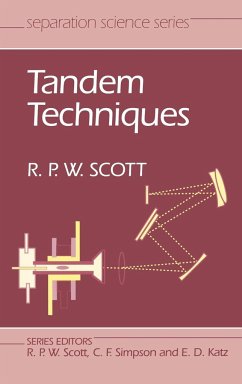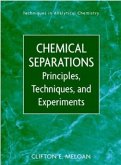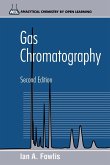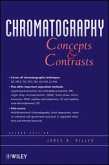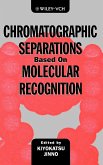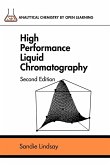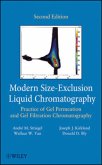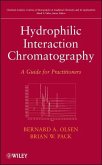A comprehensive manual for the analyst (or chromatographer) for evaluating and using the various tandem systems obtained by combining different methods of chromatography and spectroscopy. It introduces the reader to the different separation techniques that can be combined with spectroscopic techniques. Gives essential details of the different interface designs that are necessary for each tandem technique. Provides practical examples of the use of each technique, describing the analytical performance and sensitivity in terms that allow direct comparison between techniques. In addition to describing research prototype tandem combinations, it presents commercially available systems. Offers many detailed diagrams to facilitate rapid comprehension. Tandem Techniques Raymond P. W. Scott Chemistry Department, Georgetown University, Washington DC, USA and Chemistry Department, Birkbeck College, University of London, UK Analytical techniques based on separation processes, such as chromatography and electrophoresis, are finding a growing range of applications in chemical, pharmaceutical and clinical laboratories. The Wiley Separation Science Series provides the analyst in these laboratories with well focused books covering individual techniques, so that they can be applied more efficiently and effectively to contemporary analytical problems. Tandem Techniques describes the function and uses of instruments that comprise the combination of a separation technique (e.g. chromatography) with an identifying technique, (e.g. spectroscopy) for the rapid separation and identification of the components of complex mixtures. The basic principles of the commonly used separation techniques (i.e. gas chromatography, liquid chromatography, thin layer chromatography and capillary electrophoresis) are discussed, together with the basic principles of the spectroscopic techniques employed with them. The book is divided into four sections; the first dealing with the fundamental principles of separation and identification techniques; the second with gas chromatography tandem systems; the third with tandem systems associated with liquid chromatography and similar separation techniques; the fourth section with tandem instruments combined with capillary electrophoresis. The various interfaces involved are discussed and described in detail and, where possible, comparative performance data is presented particularly with respect to system sensitivity. The more recent developments in the different techniques are included incorporating references published up to mid 1996. Tandem Techniques will be an essential handbook for all chemists involved in general analysis product assay and environmental monitoring. It will be particularly useful to those scientists concerned with the many and varied aspects of separation science.
Hinweis: Dieser Artikel kann nur an eine deutsche Lieferadresse ausgeliefert werden.
Hinweis: Dieser Artikel kann nur an eine deutsche Lieferadresse ausgeliefert werden.

